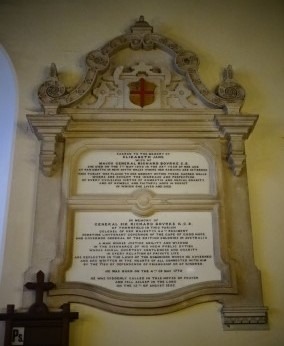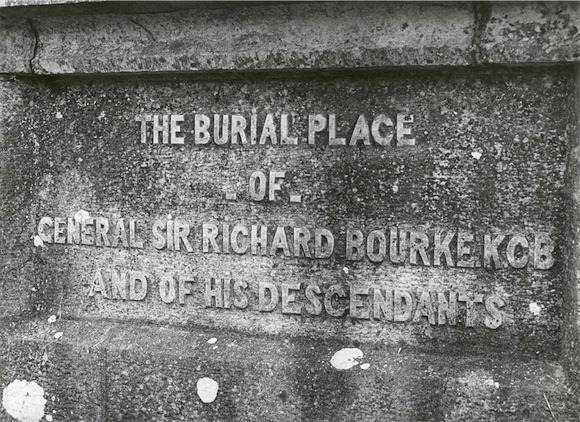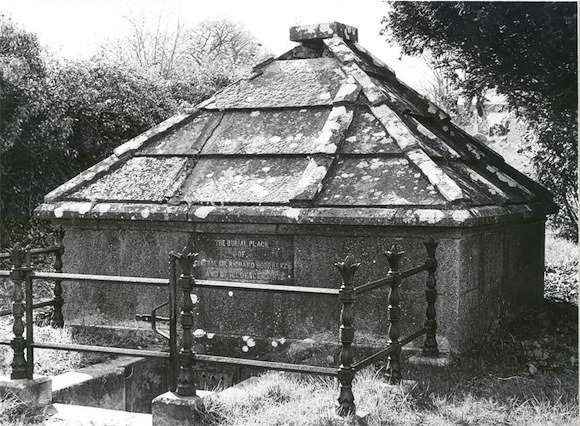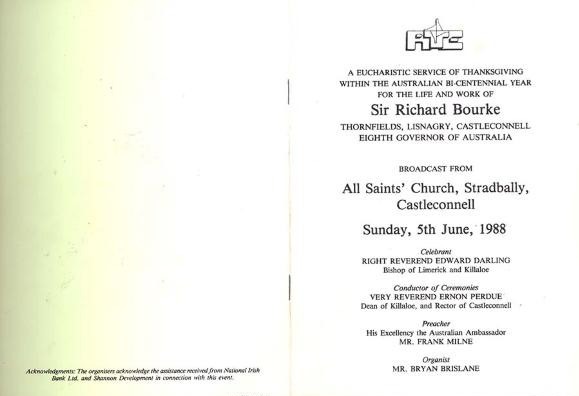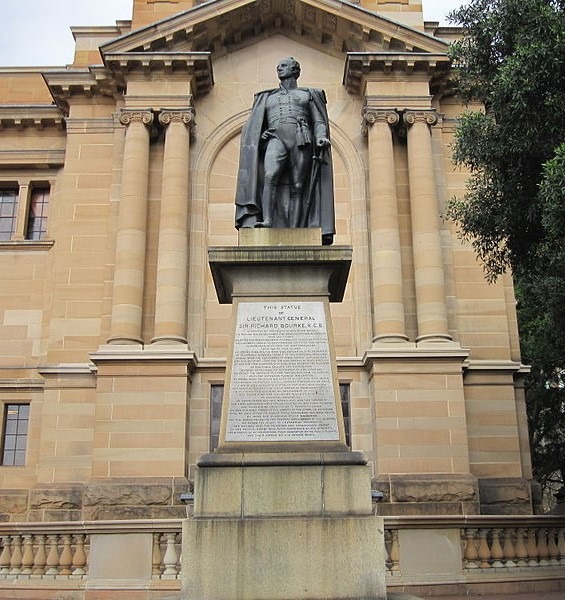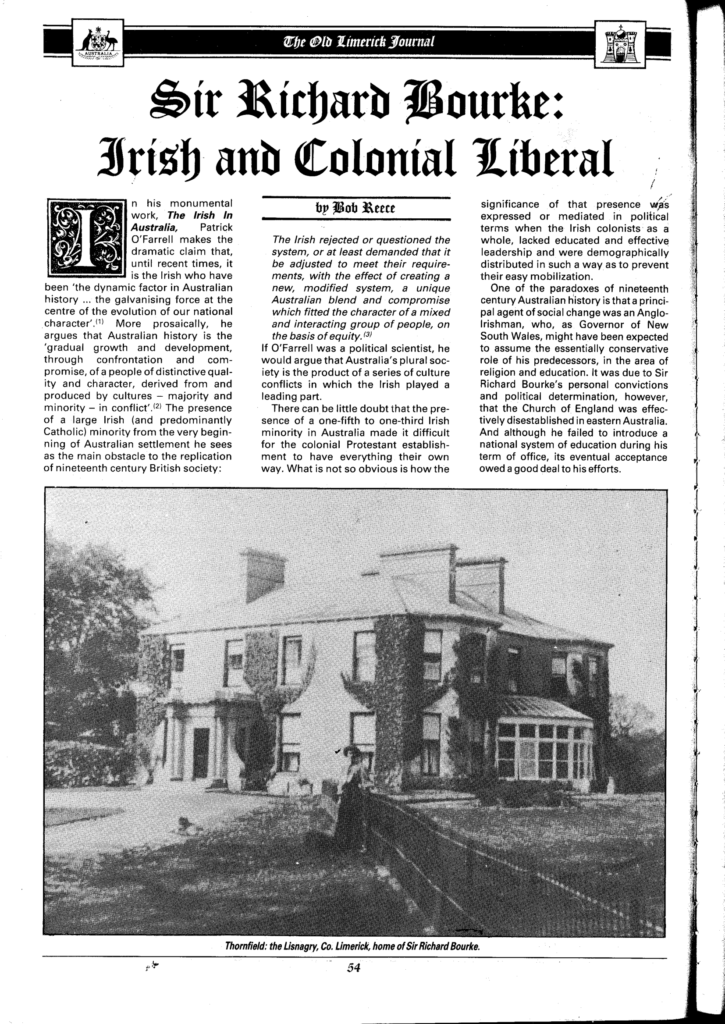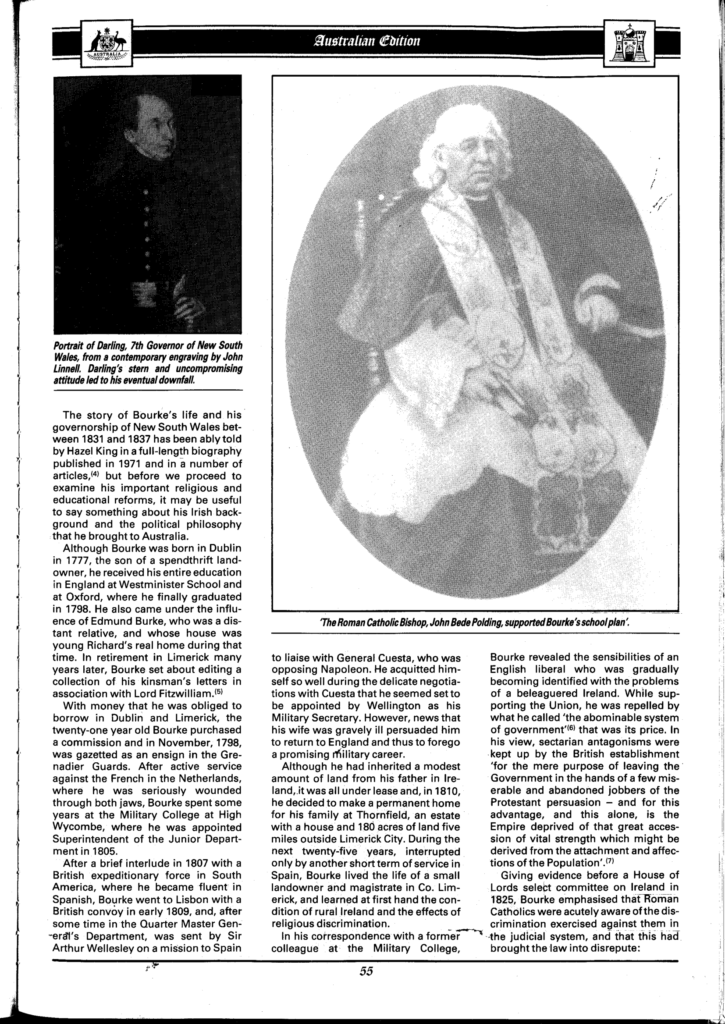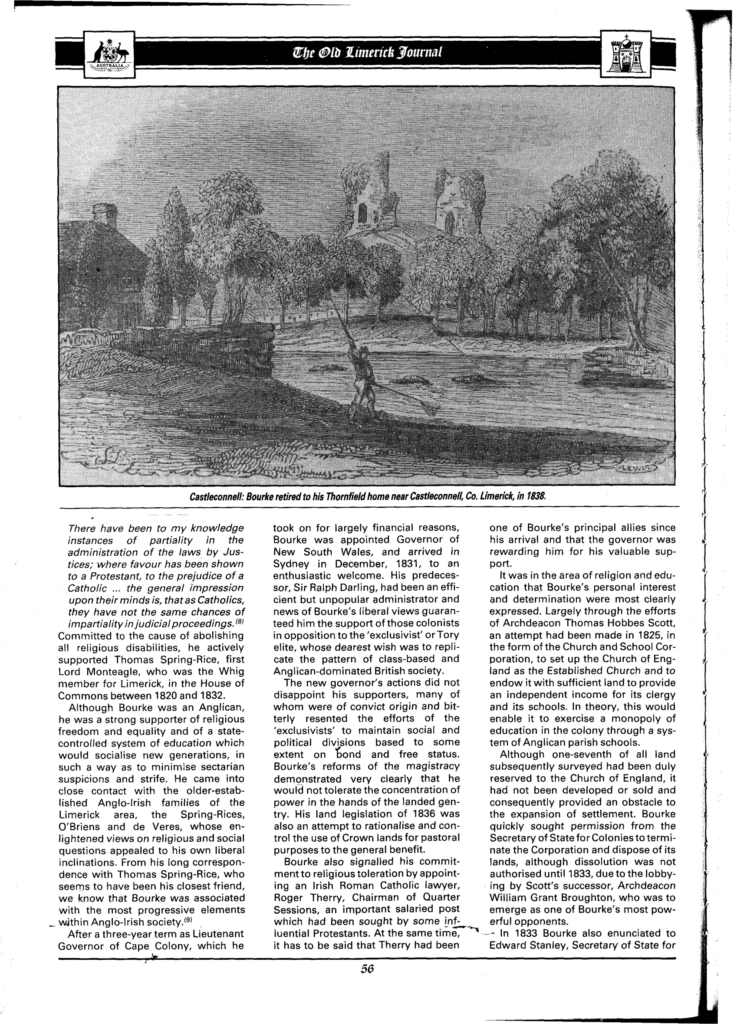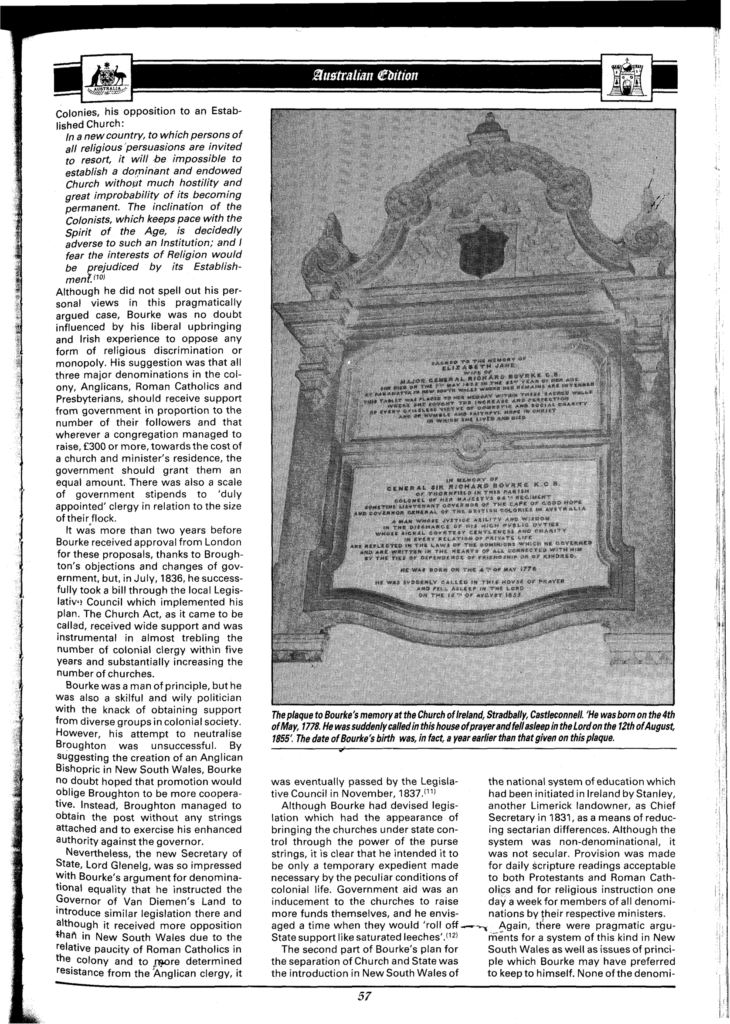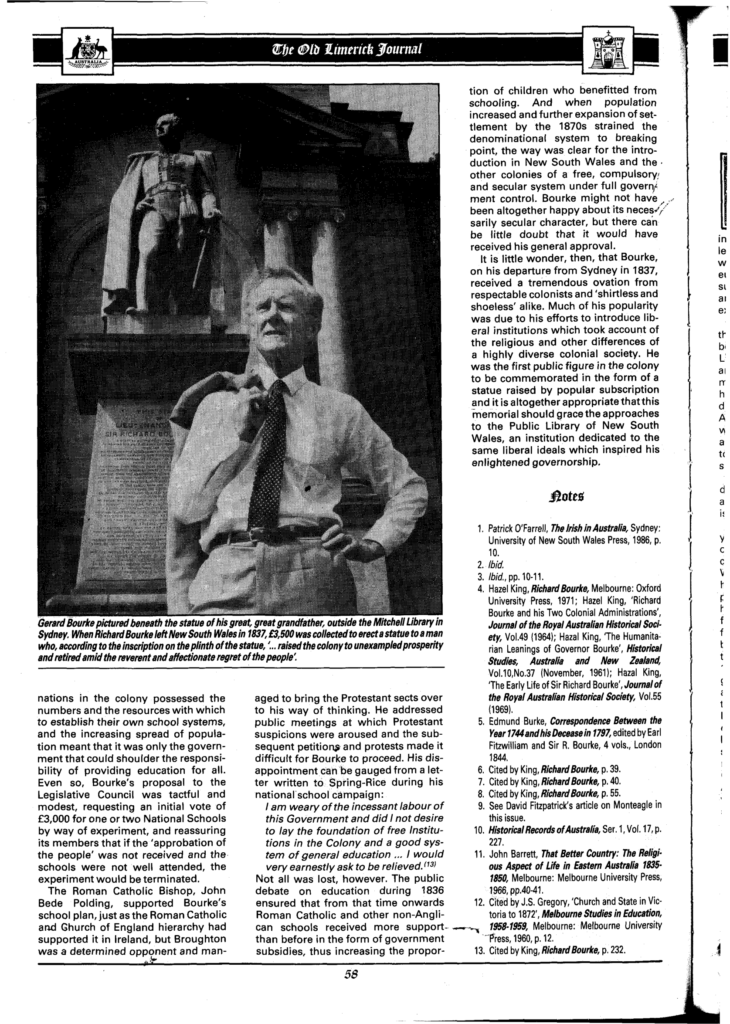This Story is:
From 1811 up until the 21st century, Thornfield in Ahane was the home of the Bourke family. Its most famous resident was General Sir Richard Bourke K.C.B. (1777-1855)
Born in 1777, Richard was educated in England, joined the army in 1798 and saw service in Holland, South America and Spain. At the end of the Napoleonic Wars in 1815, he retired to his new home at Thornfield, managing the estate and encouraging local industry and public education. The History of All Saints Church, Stradbally tells us “He is recalled with affection in Ahane as it was he who in 1823 with the aid of a £50 subsidy from the Kildare Place Society, built what came to be known as Ahane School on his property.”
Despite his active life in Ahane, Bourke began seeking employment and income and in 1826, he was appointed to the Cape Colony and promoted to Lieutenant-Governor of the Eastern District. He left the Cape in 1828 returning once more to Thornfields but soon sought employment again.
In 1831, he was appointed Governor of New South Wales, Australia serving for six years. A life-long Liberal, he was a strong supporter of freedom and equality, encouraging the emancipation of convicts, establishing religious equality and proposing new policies for education. He is also credited with the founding of the city of Melbourne.
Sir Richard returned to Thornfields in 1840 to concentrate on farming and afforestation. He concerned himself with local affairs, giving extra employment during the famine years, becoming a magistrate of the Limerick Court and chairman of the Irish Relief Committee.
He died in 1855 and was laid to rest in the family vault in Stradbally churchyard.
In 1942, Australia’s first civic statue was erected in his honour outside the Mitchell Library in Sydney and still stands there today.


